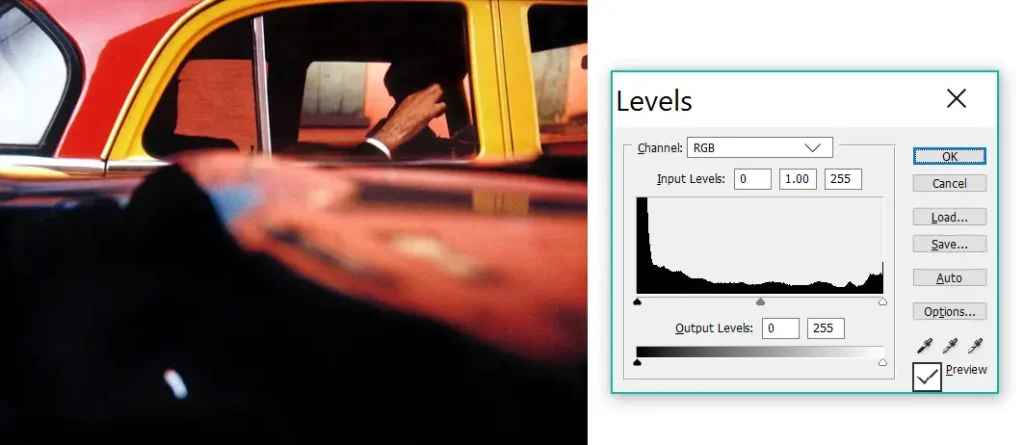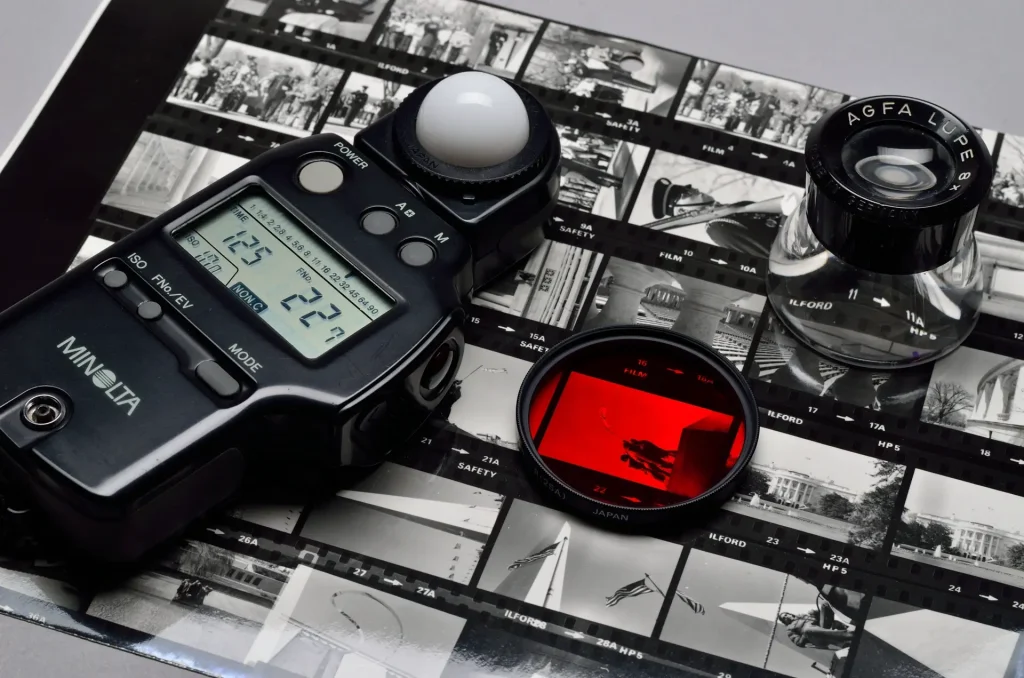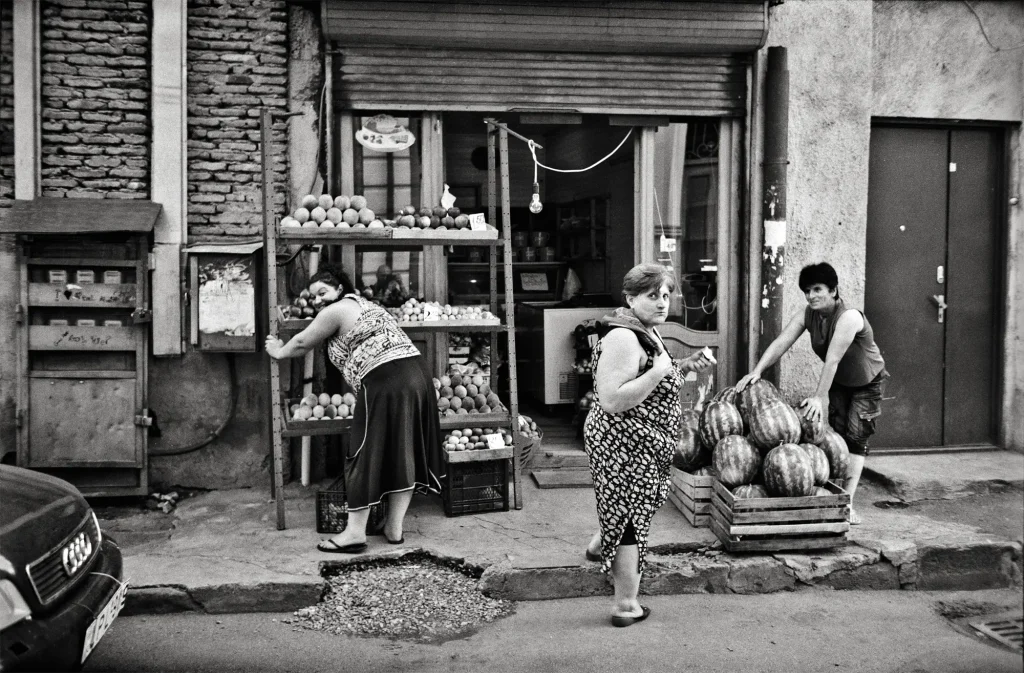
Let’s face it, “analysing” photos with histograms can only take us so far. A hundred years later, people may or may not look at your photographs and gasp in ad...

Film photography doesn’t need to be difficult, in fact in many ways I think it can be much easier than digital. I've had a few people ask me recently how I have the guts to shoo...

Shooting film is a challenging process for many new photographers, especially those used to the instant feedback of digital cameras. Modern DSLRs are precision instruments that ...

Hamish is an obsessive man, and that’s why we get along. I have never met him, but we send each other massages at odd hours about lenses, about the gospel of the rangefinder. We...



